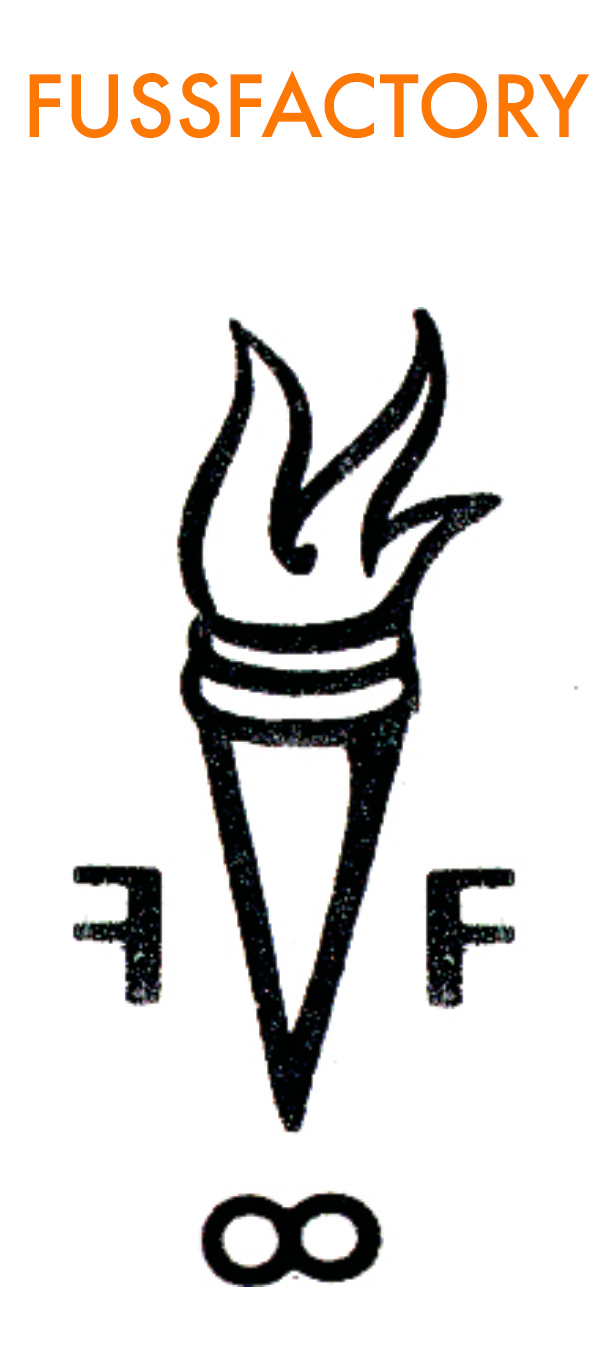#sparkchamber 022420 — Carrie Hamilton
Street type takes center stage today as #sparkchamber welcomes graphic designer, teacher, and photographer Carrie Hamilton. A born-and-bred Manhattanite, Carrie was raised by two parents in the arts — her mother had an MFA in theater, though became a photographer who showed regularly at the SoHo Photo Gallery, and her father was a sound engineer. Her childhood was filled with concerts, trips to museums, galleries, movies, and protests — everything NYC has to offer. She was attracted to letters and lettering as early as age seven, copying type from record albums, and even sketching out type-based album covers instead of the more expected pictorial work of the under-10 crowd.
Carrie went to an arts-focused high school, then on to earn a BFA at Pratt Institute in Brooklyn. She has a solo graphic design practice — concentrated primarily on book jackets — and teaches design and typography as well.
And, an overlay to all that, Carrie takes photos. Mostly of found lettering and standpipes, she says, “It’s a natural extension of what I’ve been doing my whole life, that is, wandering around, seeing stuff and saying, Hey, look at that!”
Her early memories of lettering and signage, her photography process through the streets of NYC, and how she came to find her “type peeps” at the Type Directors Club in New York are revealed in a wonderful interview with Elizabeth Carey Smith. Well worth the read!
1.] Where do ideas come from?
I respond to what I see.
2.] What is the itch you are scratching?
I used to hate it when my teachers in art school used to say that artists create because they have to, but I believe that it’s true. I love to photograph signs [mostly handmade ones] because I can see the intention of the person who made them in the work itself. Standpipes have interesting and sometimes funny gestures depending on how they’re positioned.
I consider myself very lucky to be able to see what I see in things, and it’s thrilling to be able to share it.
3.] Early bird or night owl? Tortoise or hare?
Having an iPhone allows me to make work wherever I go, and I use two apps, Snapseed and SKRWT to edit my photos, usually when I’m on the subway. I rarely go out deliberately to take photos. Rather, I prefer to find things as I go about my daily life. It keeps the process from becoming overly premeditated, and helps me to get away from a tendency I can have to be a bit fussy.
4.] How do you know when you are done?
I have a workflow that consists of shooting, editing and posting to Instagram, so the short answer is that I’m done when I put a picture online. Lately, though, I’ve been working on a collection of some of my images, and I’ve been finding new things to work with in many of them. So the more complex answer is that I’m never really done, and I’m cool with that.
I take pictures within a pretty limited scope of subject matter, and when I began back in the summer of 2014, I thought I’d have nothing left to photograph within a matter of weeks. Instead, it just kept growing. I think constantly making work helps you make more work. Seeing things facilitates seeing more things.



